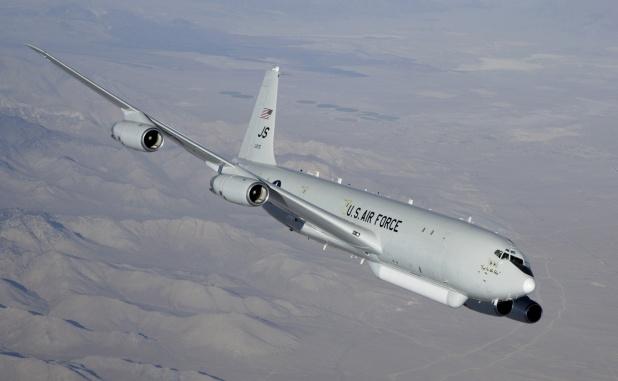
A $3.2 billion, five-year spending plan for the Advanced Battle Management System (ABMS) comes with some new and unique strings attached, a senior U.S. Air Force acquisition official said.
Normally, the Air Force develops a plan for spending the money in advance, then allocates appropriated funding to the program executive offices (PEO) to execute.
But the Air Force flipped the strategy for ABMS, a concept to revolutionize and distribute the functions for airborne battle management, command and control, and communications.
“We’re not giving each PEO a predetermined, appropriated amount of money to do something, like, ‘Hey, do this mod to the B-2.’ That’s not the way it’s working,” said Lt. Gen. Duke Richardson, military deputy to the Air Force’s assistant secretary of the Air Force for acquisition.
The PEOs “are competing also for the ABMS dollars,” Richardson said, speaking to the McAleese Defense Programs Conference in Washington March 4.
Companies seeking to claim a share of the ABMS program should develop technology and propose it to a relevant PEO, which then can submit a bid for the idea to receive funding, Richardson said. The Air Force has appointed Preston Dunlap the lead architect for ABMS, with responsibility for managing the evolution of the complex network of communication and processing nodes.
“You can get involved by working with them and coming up with ideas. ‘Hey, let’s figure out how to make—pick a fighter—the F-16 link up to this, and I’ve got an idea for it,’” Richardson said. “Build it. You don’t need a detailed proposal. Just come up with some constructs and start working with your PEO. … It’s going to require you to be hungry and to think a little bit differently.”
